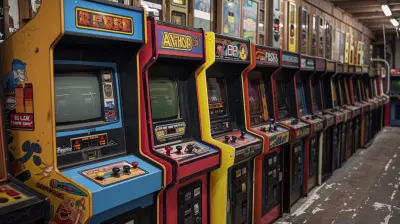How to Build a Budget-Friendly Gaming PC
19 September 2025
So, you've been bitten by the gaming bug, but your wallet is giving you side-eye? Don't worry, we’ve all been there. Building a budget-friendly gaming PC can sound like a daunting task, but it’s not as complicated (or expensive) as you might think. Think of it as adult LEGO—minus the part where you step on a brick and scream in pain. By the time we’re done here, you’ll be well-equipped to build your own gaming rig without having to sell a kidney.
Whether you’re looking to dominate in Call of Duty, explore the vast worlds of The Witcher, or just play Cyberpunk 2077 without your computer catching fire, this guide has got you covered.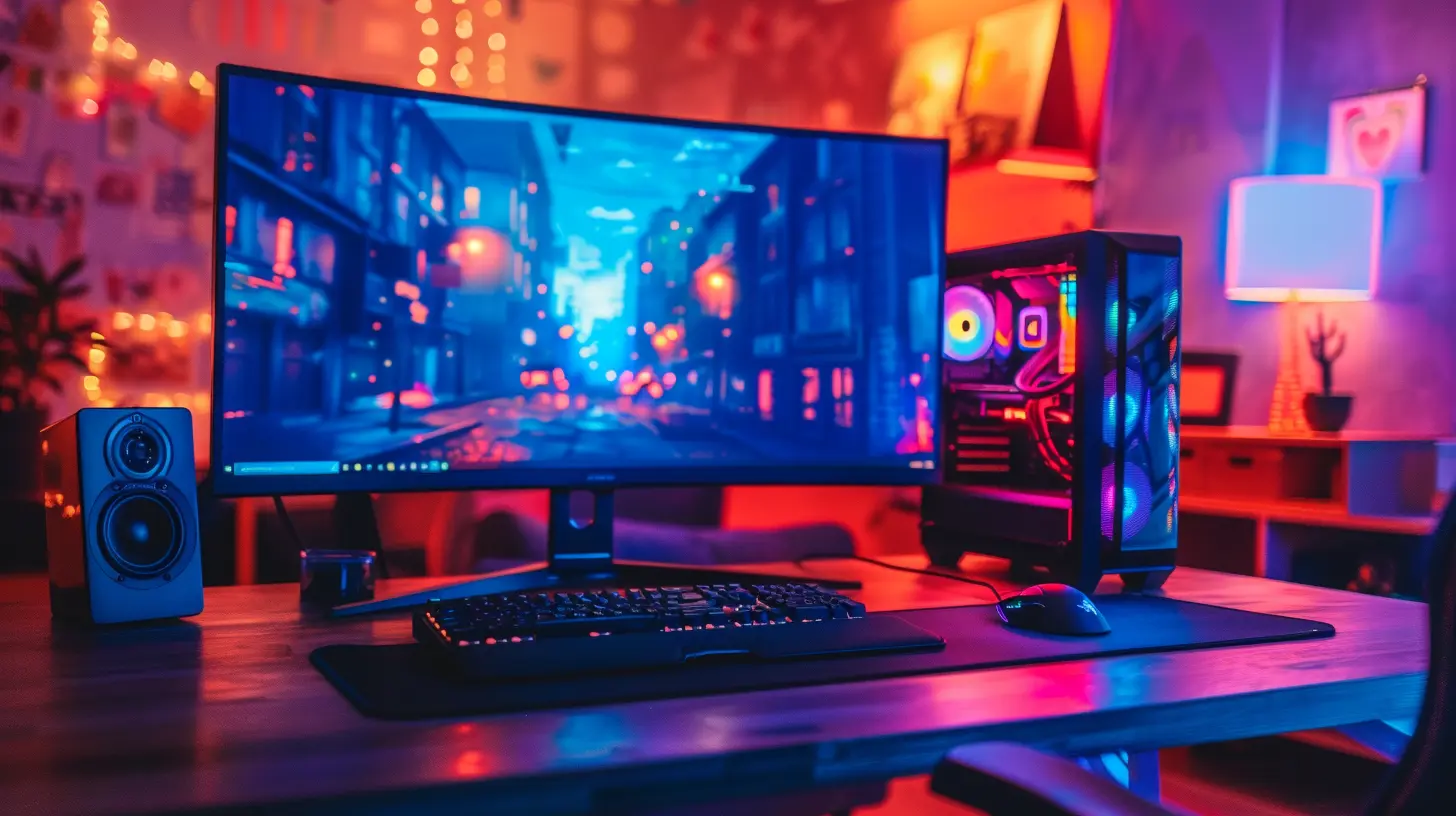
Why Build a Gaming PC Instead of Buying One?
Sure, pre-built PCs are convenient. But if pre-built gaming PCs were sandwiches, they’d come with a 200% markup for the bread. Building your own gaming PC allows you to customize it to your needs, save money, and squeeze every ounce of performance out of your parts. Plus, there’s something incredibly satisfying about booting up a PC that you built for the first time. It’s a geeky rite of passage, trust me.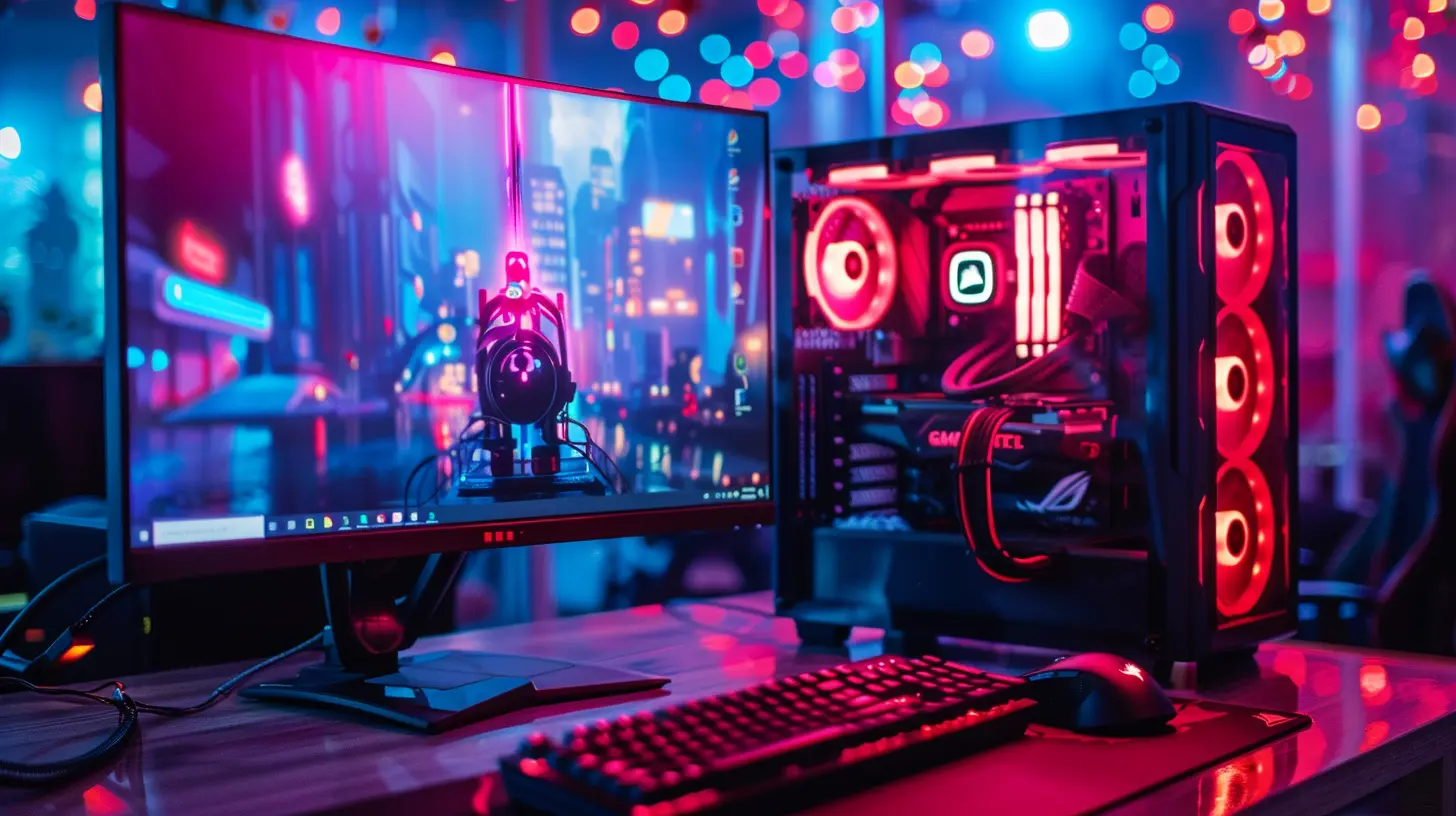
Step 1: Set Your Budget
First things first—how much can you realistically spend? A budget-friendly gaming PC can range anywhere from $500 to $1,000. Set your budget upfront so you can avoid being tempted by ridiculously expensive components (we’re looking at you, RTX 4090).Pro Tip: Always leave a little room in your budget for things like shipping, taxes, and surprises—like realizing you need a better power supply last minute. 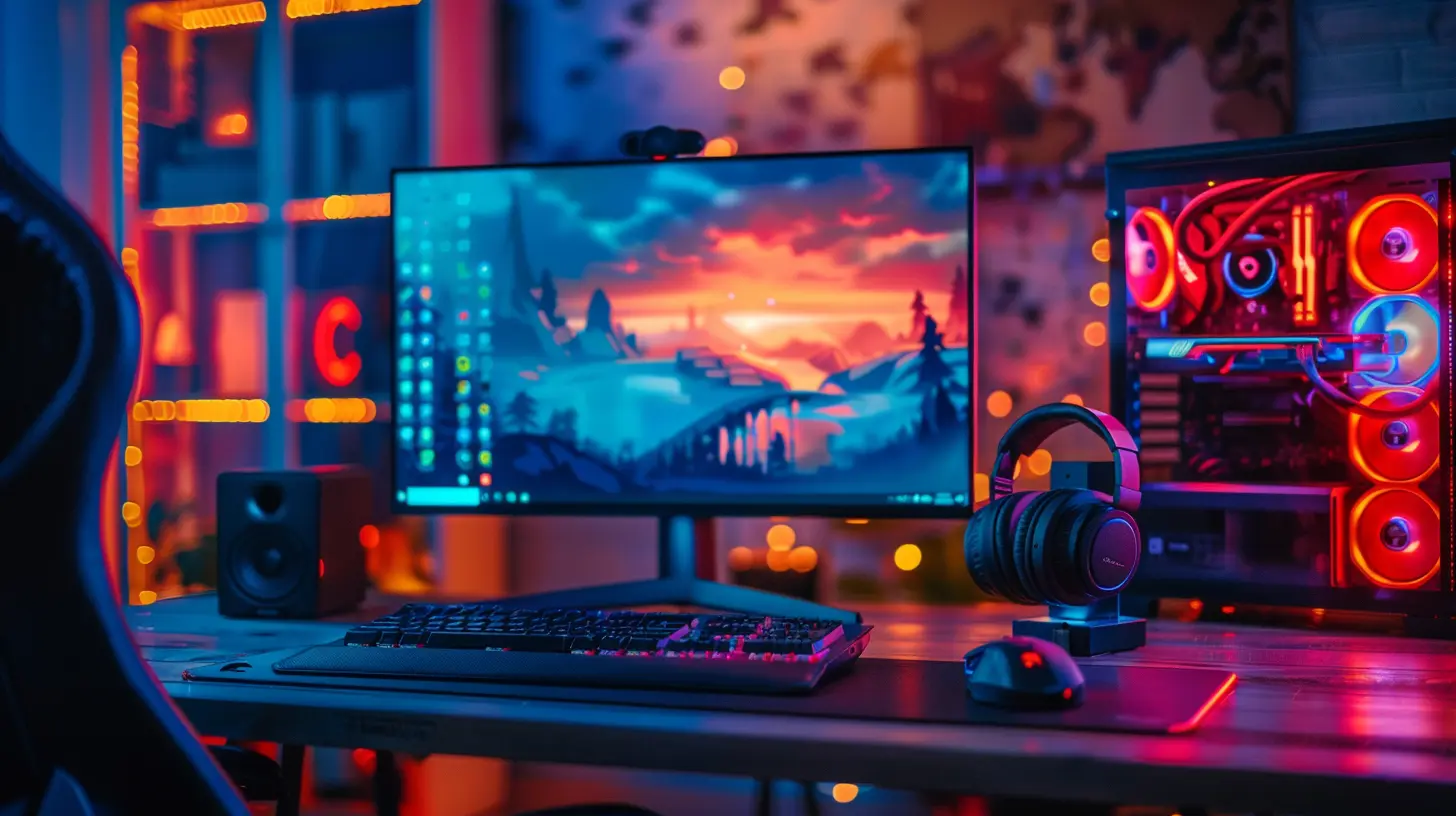
Step 2: Understand the Core Components
Building a PC is like making a pizza—you need the right ingredients. Here’s a quick rundown of the components you’ll need:1. Processor (CPU): The Brain of the Operations
Your CPU is the heart and soul of your gaming rig. It processes game logic, character movements, and other tasks. For budget builds, consider options like:- AMD Ryzen 5 5600 – Affordable, reliable, and punches above its price class.
- Intel Core i5 – Great for gaming and multitasking without breaking the bank.
Honestly? You don’t need top-of-the-line here unless you want to livestream and game at the same time. Save your cash for the graphics card.
2. Graphics Card (GPU): The Star of the Show
Ah, the GPU—the MVP of your gaming PC. This is where most of your budget should go. For gamers on a budget, consider:- NVIDIA GTX 1660 Super – Solid 1080p gaming at a great price.
- AMD Radeon RX 6600 – Another excellent option for high performance on a budget.
Want to save even more? Look for refurbished or used GPUs. Just make sure to check their condition—nobody wants a graphics card that’s been running 24/7 in someone’s crypto mining cave.
3. Memory (RAM): Speeding Things Up
For gaming, 16GB of RAM is the sweet spot. Anything less and your games might lag harder than a potato PC at high settings. Look for DDR4 RAM with a decent speed (like 3200MHz).4. Storage: SSDs Over HDDs, Always
If you’re still using a hard drive for gaming, it’s time to join the SSD revolution. SSDs are so much faster, which means shorter load times and smoother performance. Grab a 500GB or 1TB SSD. Adding a secondary HDD for your files is an option, but not essential.5. Power Supply Unit (PSU): Don’t Skimp Here!
Your PSU powers everything, so don’t cheap out. Go for a reliable brand with at least 80+ Bronze certification. A 500-600W PSU is typically sufficient for budget builds.6. Motherboard: The Connective Glue
Don’t go overboard here—just make sure it’s compatible with your CPU and GPU. Features like Wi-Fi compatibility or RGB lighting are nice but optional for a budget.7. Case: The Home for Your Parts
Pick a case that fits your components and has decent airflow. You don’t need a spaceship-looking case with 20 RGB fans. Something clean and functional will do the trick.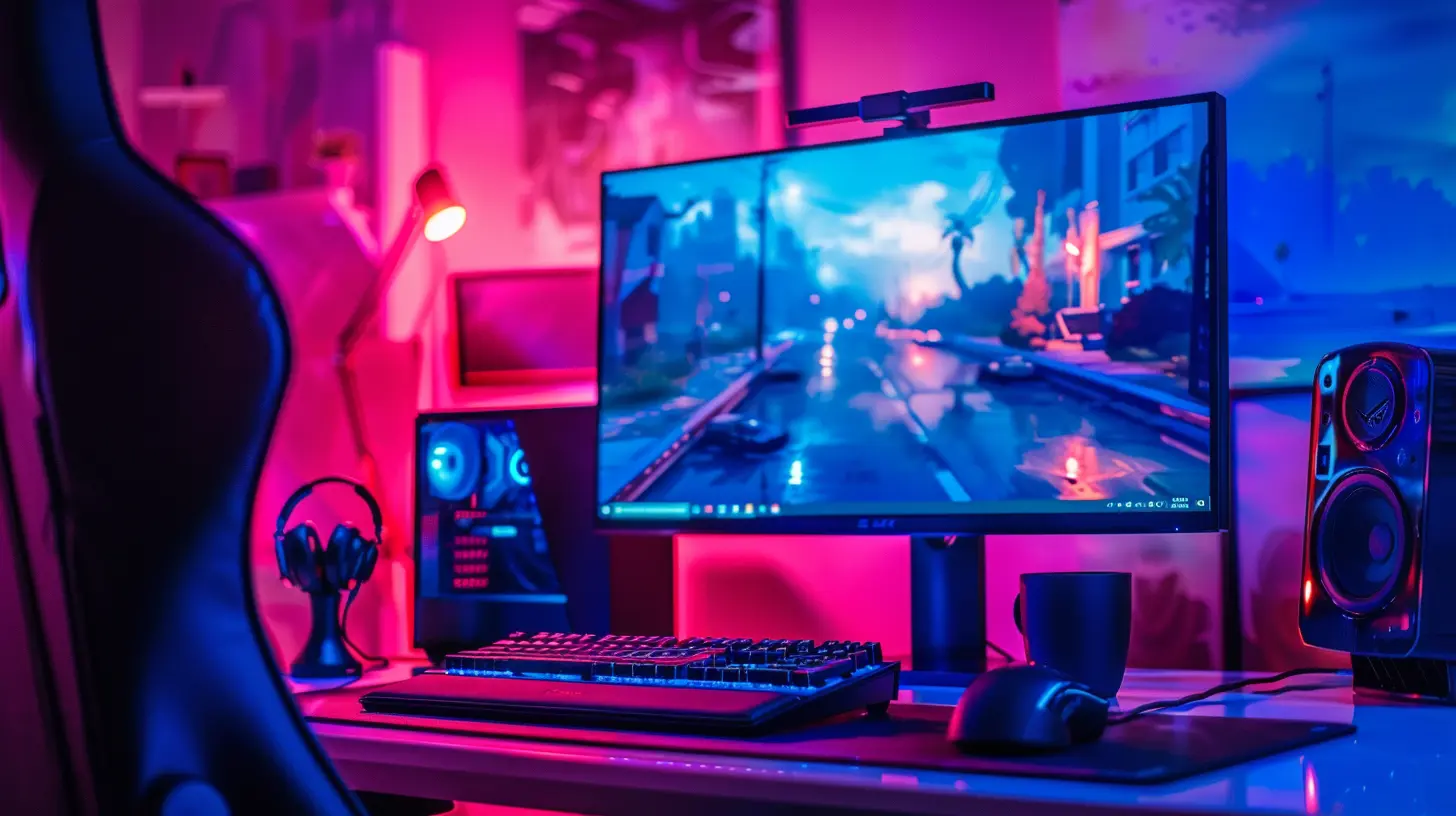
Step 3: Where to Buy Your Parts
Here’s the million-dollar question: where on Earth can you buy these parts without your bank account crying? Check out these trusted retailers:- Amazon: Competitive prices and fast shipping.
- Newegg: A go-to for tech enthusiasts.
- Micro Center: If you’re near one, their in-store deals are unmatched.
- eBay or Facebook Marketplace: Great for snagging used or refurbished parts, but tread carefully.
Step 4: Putting It All Together
Yes, this is the part where most people freak out. Relax. Building a PC is easier than assembling IKEA furniture—and there aren’t any leftover screws to haunt you.What You’ll Need:
- A Phillips-head screwdriver.- Anti-static wrist strap (optional but recommended).
- Patience. You got this!
General Steps:
1. Install the CPU onto the motherboard.2. Slot in the RAM sticks (make sure they click!).
3. Attach the motherboard to the case.
4. Install your storage and GPU.
5. Connect the power supply to everything.
6. Plug in all the cables (refer to your motherboard manual).
Seriously, it’s not rocket science. Watch a YouTube tutorial if you get stuck—there are plenty of step-by-step guides out there.
Step 5: Power On and Install an Operating System
Moment of truth: hit that power button. If everything lights up and spins, congratulations—you’ve succeeded in bringing your Frankenstein monster to life (in a good way).Now, install an operating system. Windows is the most common choice for gamers, but Linux is an option for the brave souls out there.
Step 6: Optimize Your PC for Gaming
Before you dive into gaming, optimize your rig for maximum performance:- Update Drivers: Get the latest drivers for your GPU and other components.
- Tweak Settings: In your favorite games, play around with the graphics settings to get the best performance. Pro Tip: Start with medium settings for a balance of visuals and performance.
- Install Essential Software: Don’t forget to download Steam, Discord, or any other gaming essentials you use.
Budget-Friendly PC Build Example
Here’s a sample build for under $700:| Component | Example | Price (Approx.) |
|---------------------|---------------------------|----------------------|
| CPU | AMD Ryzen 5 5600 | $150 |
| GPU | AMD Radeon RX 6600 | $220 |
| RAM | Corsair Vengeance 16GB | $50 |
| Storage | Crucial P2 500GB SSD | $40 |
| PSU | EVGA 500W 80+ Bronze | $45 |
| Motherboard | MSI B450M Pro-M2 Max | $80 |
| Case | NZXT H510 | $75 |
Final Thoughts
Building a budget-friendly gaming PC isn’t just a cost-effective alternative—it’s also a fun and rewarding experience. Sure, you might face a hiccup or two (remember: YouTube tutorials are your best friend), but the thrill of customizing and creating your own gaming machine is worth it.Once you’re done, you’ll have a setup you can proudly show off. And the best part? You won’t have to sacrifice good performance for affordability. Now, go forth and build your gaming empire—one pixel at a time!
all images in this post were generated using AI tools
Category:
Gaming GearAuthor:

Aurora Sharpe
Discussion
rate this article
1 comments
Marissa Johnson
Great tips for affordable gaming!
September 30, 2025 at 4:38 PM

Aurora Sharpe
Thank you! I'm glad you found the tips helpful for budget-friendly gaming!
